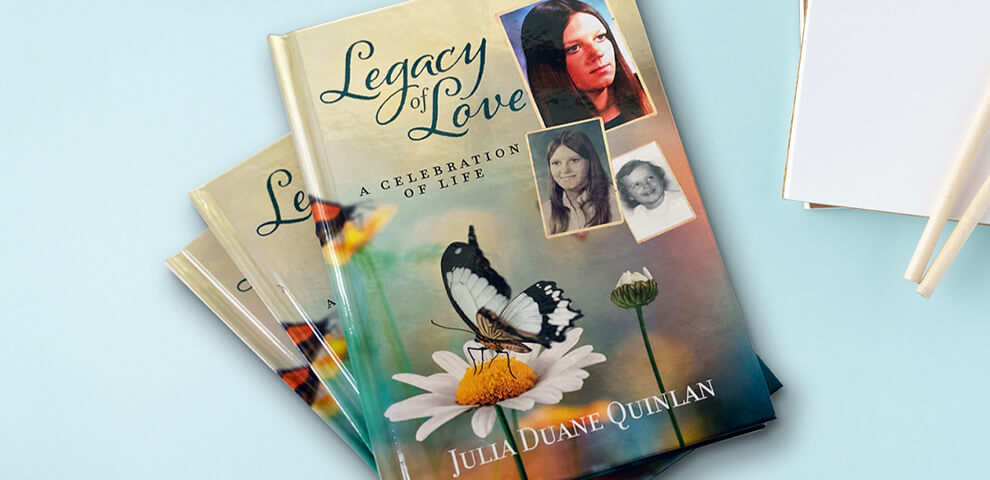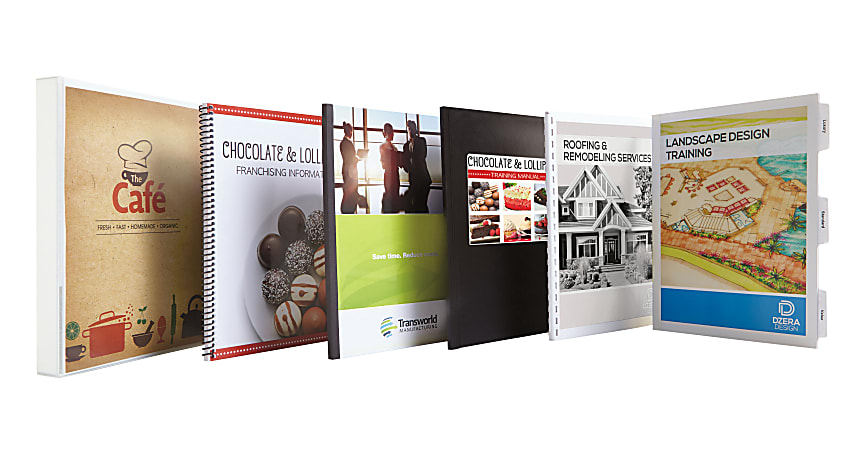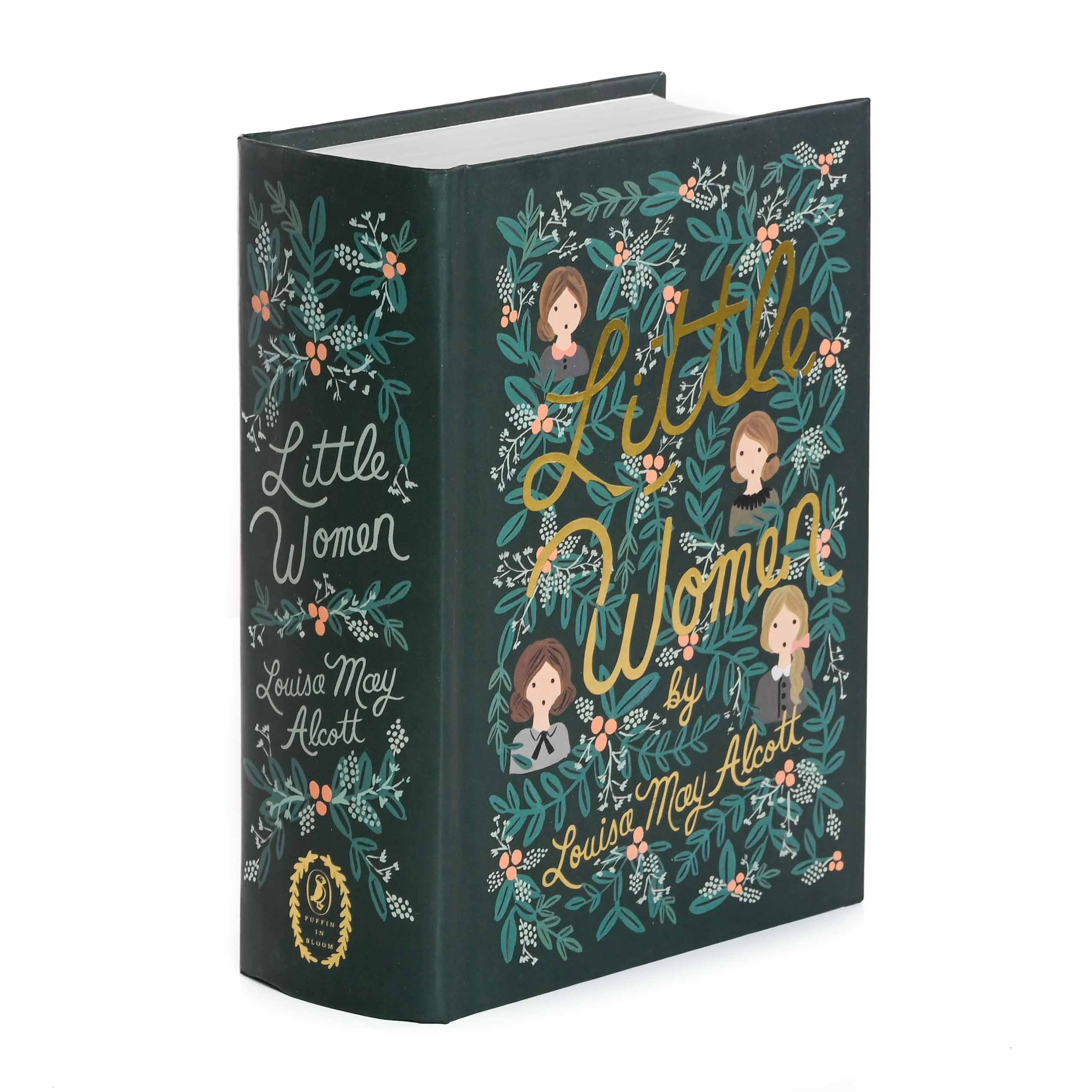Hardcover Books That Make Thoughtful Gifts for Book Lovers
Hardcover Books That Make Thoughtful Gifts for Book Lovers
Blog Article
A Comprehensive Guide to the Process of Hardcover Books Printing
When you commence the trip of hardbound publication printing, recognizing the whole process is vital. From preparing your manuscript to picking the right products, each action plays a crucial duty in the final item. You'll require to consider design elements and printing strategies that fit your vision. As you navigate through binding and quality assurance, you'll locate that every decision impacts the publication's general appeal. So, what follows in this complex process?
Recognizing the Hardcover Publication Structure
When you check out the globe of hardcover books, you'll swiftly see that their structure is unique and willful. You'll discover a textile or natural leather covering, which not only improves aesthetics however likewise includes to the publication's longevity.
The text block itself includes numerous signatures, or folded sheets, stitched together for stamina. You'll see that the back is enhanced, allowing for a smooth lay-flat reading experience - hardcover books. Furthermore, guide's weight often communicates a feeling of quality and permanence
Hardbound publications commonly include a dust coat, which offers as an advertising device while protecting the cover. Understanding these elements helps you appreciate the craftsmanship behind hardcover books and their unique appeal in the literary world.
Manuscript Prep Work and Editing And Enhancing
Obtaining your manuscript all set for printing is essential, and it begins with correct format standards. You'll need to comprehend the editing process to refine your job and assure it reverberates with visitors. Plus, mastering proofreading strategies can aid you capture those bothersome errors before your publication mosts likely to publish.

Manuscript Format Guidelines
Correct manuscript formatting is necessary for creating a professional-looking hardbound book. Begin by picking a basic typeface like Times New Roman or Arial in 12-point size. Use double-spacing throughout the record to improve readability. Set your margins to 1 inch on all sides, providing your message room to breathe. Number your web pages in the top right edge, and include your phase titles at the beginning of each brand-new section. Usage clear headings to indicate sections, and prevent extreme format like vibrant or italics unless necessary. Ensure to proofread your manuscript for uniformity in vogue, making certain that everything from punctuation to spacing follows your selected standards. Following these steps will set a solid foundation for your book.
Editing And Enhancing Refine Basics
Modifying your manuscript is an essential action that can change it from an outline into a polished final item. Begin by going through your work critically, concentrating on clearness, structure, and circulation. Search for disparities in your narrative, personality advancement, or argumentation. It's practical to take breaks between rounds of editing to obtain fresh point of views. Don't hesitate to reduce unnecessary web content or rephrase unpleasant sentences; this will enhance readability. Take into consideration looking for comments from trusted peers or specialist editors who can supply useful insights. Bear in mind, modifying isn't nearly taking care of errors; it has to do with fine-tuning your voice and guaranteeing your message resonates with viewers. Embrace the procedure, and you'll see your manuscript luster.
Checking Strategies Summary
As soon as you've polished your manuscript via editing, the next action is to assure it's totally free of mistakes that can distract visitors. Beginning by taking a break after modifying; fresh eyes capture blunders much better. Read your manuscript aloud-- this assists you listen to awkward phrasing and area typos. Usage electronic tools like spell checkers for preliminary scans, yet do not rely exclusively on them. Take into consideration publishing your manuscript; reading on paper can expose mistakes that screens miss out on. Focus on one kind of mistake at once, whether it's spelling or grammar, to avoid sensation bewildered. Enlist a trusted buddy or expert proofreader to give a fresh viewpoint. Their feedback can highlight issues you might overlook.
Creating guide Cover and Inside
When you're developing your publication cover and interior, you'll intend to concentrate on necessary style elements that record your audience's interest. Picking the right typography designs and carefully picking shades and images can make all the difference in communicating your publication's theme. Let's explore exactly how these choices can raise your job and draw in viewers.
Important Style Elements
Developing an appealing publication cover and a well-designed inside is necessary for drawing in visitors and enhancing their experience. Beginning with the cover; it's your impression. Choose colors and photos that show your book's motif and state of mind. See to it your title stands out and is understandable, also in thumbnail size.
For the inside, focus on format and white area. A clean, orderly style aids readers browse effortlessly. Think about making use of chapter headings and subheadings to lead them with the web content. Visual components, like graphics or images, can additionally enhance involvement but needs to enhance the message, not overwhelm it. Keep in mind, a cohesive layout throughout your publication promotes an expert appearance that can significantly affect a viewers's decision to pick it up.
Selecting Typography Designs
Typography plays a vital function in both guide cover and interior decoration, shaping how visitors view your web content. When selecting typography designs, consider your publication's style and target market. A timeless serif typeface may work well for literary fiction, while a modern sans-serif might suit a contemporary book. Assurance readability; your text ought to be simple on the eyes, particularly for longer flows. Focus on font dimension and line spacing, as these components influence general flow. Mixing typefaces can add interest, but limit it to 2 or 3 to preserve coherence. Believe regarding pecking order-- use various designs for headings and body text to direct readers easily with your work. Your typography choices will greatly influence the visitor's experience.
Shade and Imagery Option
Selecting the ideal shades and imagery is necessary for capturing readers' attention and conveying your book's styles. Start by considering your style; dynamic shades might help a children's publication, while muted tones match a mystery book. hardcover books. Use imagery that reverberates with your material-- images, illustrations, or abstract styles can enhance your message
When developing the cover, make certain the images doesn't bewilder the title and author's name; clearness is crucial. This natural method not just boosts your publication's aesthetic however also enhances the visitor's experience, making it a lot more remarkable.
Picking the Right Paper and Products
When selecting paper and materials for your hardcover book, it's important to contemplate how they'll impact the overall feel and look of your project. Begin by selecting the ideal paper weight; larger supply often conveys top quality you can try here and toughness, while lighter paper can produce a much more fragile touch. Think about the surface as well; shiny paper boosts pictures and colors, while matte can offer an advanced, understated look.
Cloth, natural leather, or printed paper can set the tone for your book. Furthermore, assume concerning the binding products; making use of high-quality sticky assurances your publication lasts.
Inevitably, the options you make right here reflect your vision, so take the time to example different materials (hardcover books). Your choices will help develop a book that's not only aesthetically attractive but practical Home Page and also long lasting
The Printing Process: Strategies and Technologies
A range of printing strategies and technologies can bring your hardcover book to life, each offering special benefits. Digital printing is a preferred choice for short runs, enabling for fast turnaround and affordable remedies.
Comprehending these methods assists you make informed decisions, ensuring your hardbound publication not only looks great but also meets your manufacturing requires effectively. Choose the right approach to elevate your book's appeal and impact.
Binding Techniques for Hardcover Books
Several binding methods can transform your hardcover publication into a resilient and appealing item. One popular option is the case binding technique, where the pages are stitched and after that affixed to a tight cover. This gives superb longevity and a specialist appearance. One more technique is the ideal binding, which uses glue to hold the pages with each other, enabling a smooth spinal column however much less sturdiness contrasted to instance binding.
You might also take into consideration spiral binding, which enables your publication to lay level, making it excellent for handbooks or workbooks. It doesn't provide the very same safety cover as case binding. Finally, there's the saddle stitch technique, ideal for smaller sized books, where sheets are folded and stapled together. Each binding approach has its benefits and fits different demands, so consider your book's purpose and audience when choosing the most effective choice for your job.
Quality Assurance and Last Touches
After selecting the right binding technique for your hardbound book, quality assurance ends up being necessary to verify your final product meets your expectations. Start by inspecting the printed pages for any mistakes or inconsistencies in shade and design. You don't wish to miss any typos or misprints that could affect your viewers' experience.
Following, inspect the binding stability. Confirm the web pages are firmly connected and that the spine is tough. A well-bound publication not just looks specialist however likewise feels sturdy in your hands.
Furthermore, take notice of the cover. Search for any type of scuff marks or misalignments in the art work. Make certain they're applied consistently across all duplicates. if you've opted for unique finishes like embossing or foil marking.
Lastly, carry out an extensive evaluation of the whole batch before moving to circulation. This way, you can validate that every publication reflects your high criteria.
Often Asked Inquiries
For how long Does the Hardbound Book Printing Process Typically Take?

What Is the Minimum Order Quantity for Hardcover Books?
The minimum order amount for hardbound books usually begin around 100 copies, but it can differ based upon the printer. You need to talk to your selected printing read this article service for their specific needs and prices.

Can I Publish Hardbound Books in Customized Sizes?
Yes, you can print hardcover books in custom sizes. Numerous printing services use adaptability with measurements, permitting you to pick a layout that matches your task. Simply validate the requirements prior to positioning your order.
Exist Eco-Friendly Options for Hardbound Publication Printing?
Yes, you can locate eco-friendly options for hardcover publication printing. Lots of business utilize lasting inks and recycled products. Just ask your printer regarding their green practices to guarantee your task straightens with your ecological values.
What Are the Costs Connected With Hardbound Publication Printing?
When thinking about hardcover publication printing prices, you'll require to element in materials, design, and printing approaches. Extra costs like shipping and binding can additionally affect your overall budget, so plan as necessary for your task.
When you begin the journey of hardbound book printing, comprehending the entire process is vital.A variety of printing methods and modern technologies can bring your hardbound publication to life, each offering special advantages. How Long Does the Hardcover Book Printing Process Typically Take?
The hardcover publication printing process generally takes around 2 to 6 weeks.Yes, you can discover eco-friendly options for hardbound publication printing.
Report this page